
In the last few years, the adventure touring segment has witnessed a sudden spike, resulting in many motorcyclists taking a keen interest in this segment. Hero has recently introduced the XPulse 200, successor to the Impulse, which carries the crown of being the most affordable adventure motorcycle in the Indian two-wheeler market. The position was previously held by Royal Enfield’s Himalayan, a product that has been built from the ground up by the Chennai-based company. Now, if you are planning to get yourself an adventure touring machine without burning a hole in the pocket, the above two are your obvious options. But, before you decide which one to go with, here’s a detailed spec comparison of the two bikes.
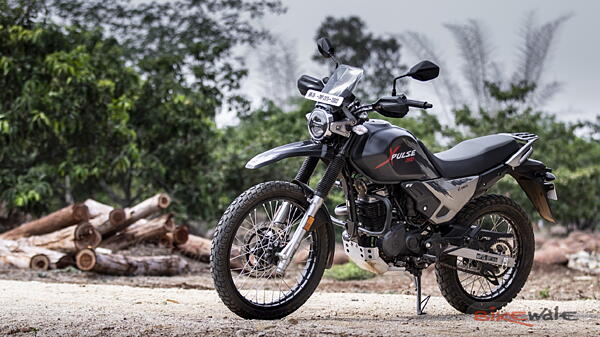
Design
Beginning with XPulse 200, the motorcycle continues to follow the same silhouette of the Impulse. The motorcycle has a slim design with a high-mount mudguard, wide single-piece handlebar, fly screen, long one-piece seat and a small carrier at the back followed by an extended mudguard. Besides that, it features a bash guard to protect the engine while off-roading, fork gators and crash guards on either side. In the case of the Himalayan, the motorcycle features a more practical design over form. It features a minimalistic design with minimum use of body panels. The metal frame which holds the headlamp assembly also doubles as a mounting for additional luggage or fuel canisters. Furthermore, it comes with a windscreen, wide handlebar, split-seats and a luggage rack at the rear. Royal Enfield offers the Himalayan with a centre stand which has been skipped for the XPulse 200.
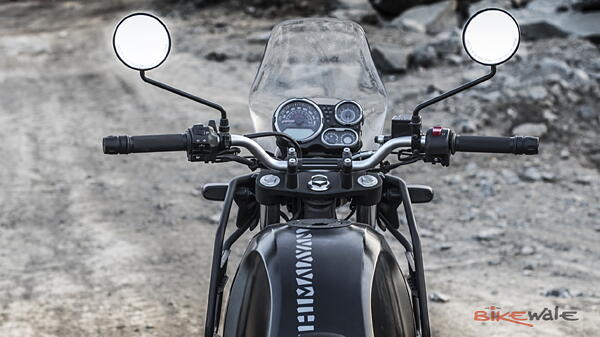
Features
In terms of features, both motorcycles have their own USPs. In the case of the XPulse 200, it comes with an all-LED circular headlamp, LED tail lamp and an all-new digital instrument console. Besides standard information like speedometer, tachometer, fuel gauge, odometer, clock and a trip meter, the console also features a gear position indicator and is equipped with Bluetooth connectivity for call alerts and navigation. In the case of the Royal Enfield, the motorcycle features an analogue-digital instrument console. The unit features multiple pods with two displays. There is an analogue speedometer, tachometer and fuel gauge. Besides that, one display provides a plethora of information like odometer, trip meters, clock, gear position indicator and ambient air temperature while the other display packs a digital compass.
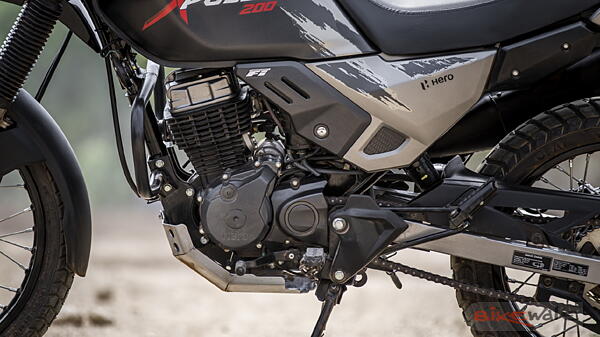
Engine
Powering the XPulse 200 is a 199cc single-cylinder air-cooled unit derived from the Xtreme 200R that is available in both carburetted and fuel-injected options. In terms of power output, the motor is capable of producing 18.4bhp and 17.1Nm and comes mated to a 5-speed gearbox. On the other hand, the Himalayan packs a motor that offers double the displacement compared to the XPulse 200. It’s a 411cc oil-cooled single-cylinder unit that is tuned to produce 24.5bhp and 32Nm and comes mated to a five-speed gearbox.
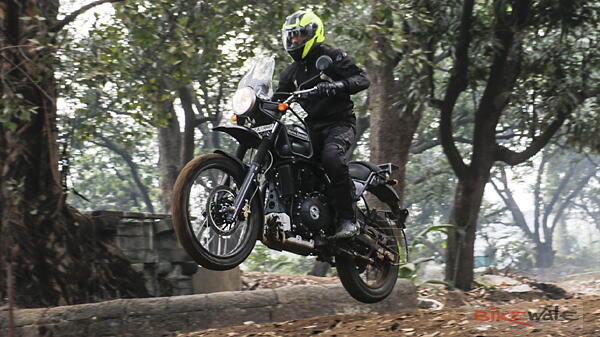
Dimensions and cycle parts
Now, the XPulse 200 looks slimmer in comparison to the Himalayan. But, it is actually longer and wider than the latter. On the other hand, the Himalayan is slightly taller than the XPulse 200. In the case of the wheelbase, the Himalayan measures at 1465mm while the XPulse 200 stands at 1412mm. Whereas, being a more off-road focused motorcycle, the Hero has a seat height of 823mm as compared to the adventure touring Royal Enfield at 800mm. However, both motorcycles have the same ground clearance of 220mm. In terms of fuel tank capacity, the Himalayan offers a 15-litre tank as compared to a 13-litre one on the XPulse. Lastly, on the weighing scale, the Himalayan tips the scale at 182kg while the XPulse is comparatively lighter at 153kg.

Speaking of cycle parts, the XPulse comes with 37mm telescopic forks up front with 190mm of travel and a 10-step adjustable monoshock at the rear with 170mm of travel. For the Himalayan, the setup is the same but the forks are thicker at 41mm while the travel is 200mm. The rear is a monoshock with linkage and 180mm of travel. For braking, both motorcycles feature disc brakes at both ends. However, while the Himalayan gets dual-channel ABS, the XPulse 200 gets only single-channel ABS. Both bike feature spoke wheels but with same 90/90-R21 profile tyre for the front. At the rear, the Himalayan gets a 120/90-R17 profile tyre while the XPulse 200 gets a 120/80-R18 profile tyre.

Pricing
Coming to the sticker price, the Hero XPulse 200 is the more affordable motorcycle of the lot with prices starting at Rs 97,000 for the carb variant and Rs 1.05 lakhs for the fuel-injected variant. On the other hand, the Royal Enfield Himalayan is priced at Rs 1.80 lakhs for the standard model and Rs 1.82 lakhs for the Sleet variant.
(All prices are ex-showroom, Mumbai)

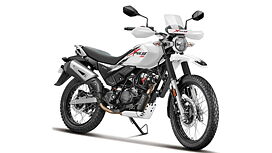
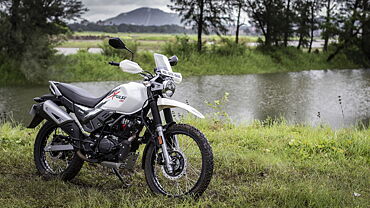
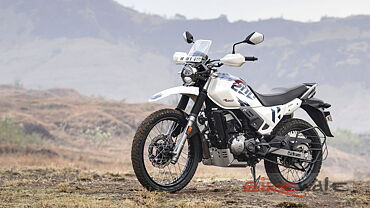
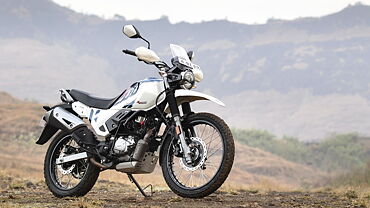



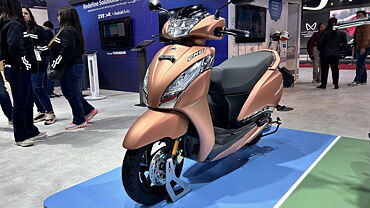
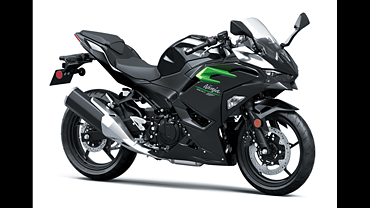
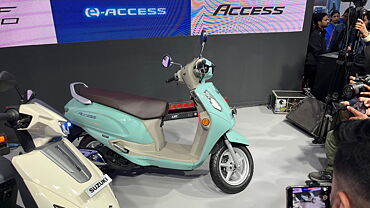
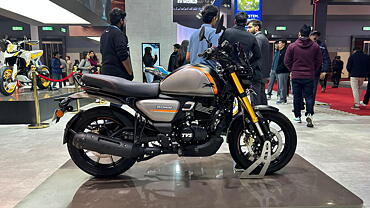

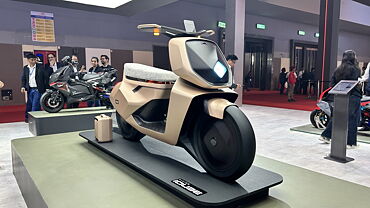
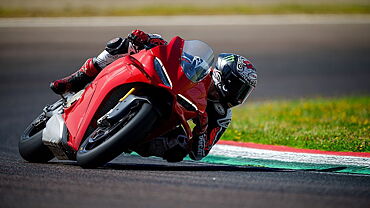
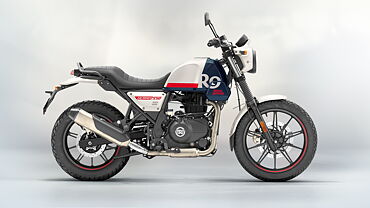
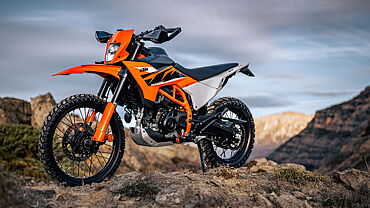






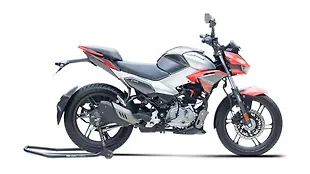
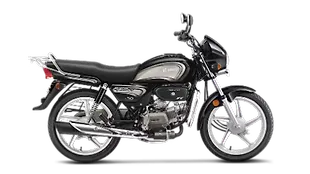





![KTM 390 Adventure X [2025] KTM 390 Adventure X [2025]](https://imgd.aeplcdn.com/272x153/n/cw/ec/190885/390-adventure-x-2025-right-side-view.jpeg?isig=0&q=80)